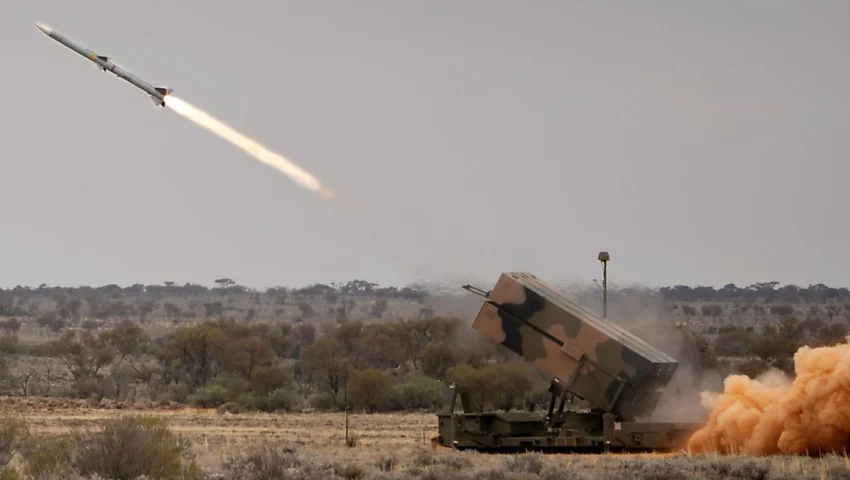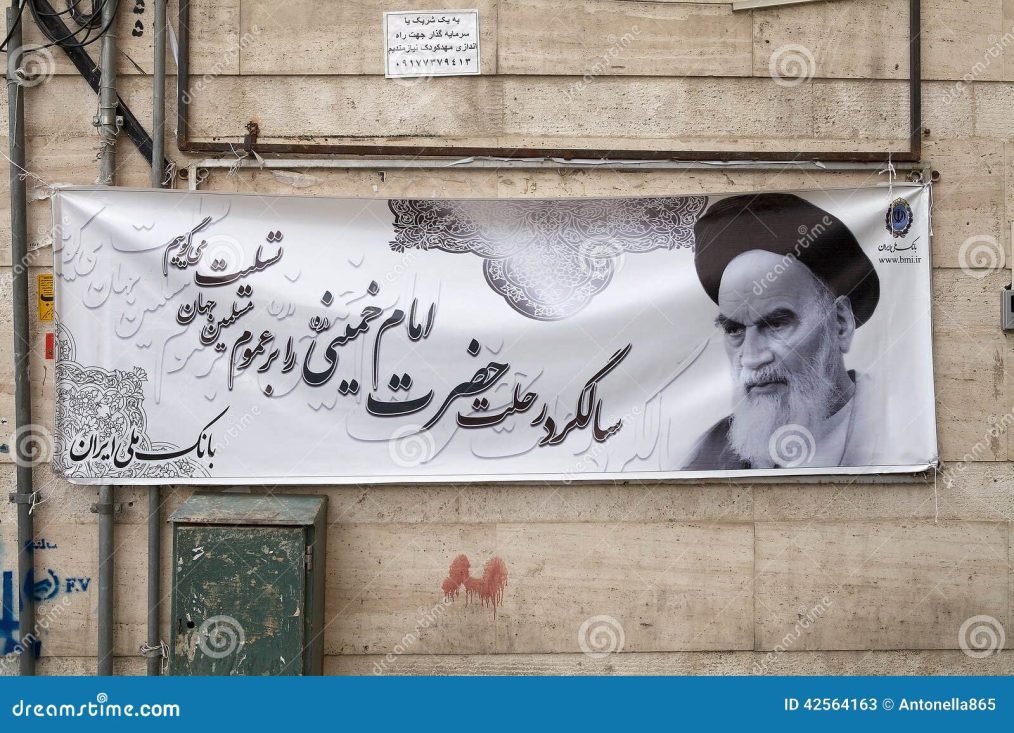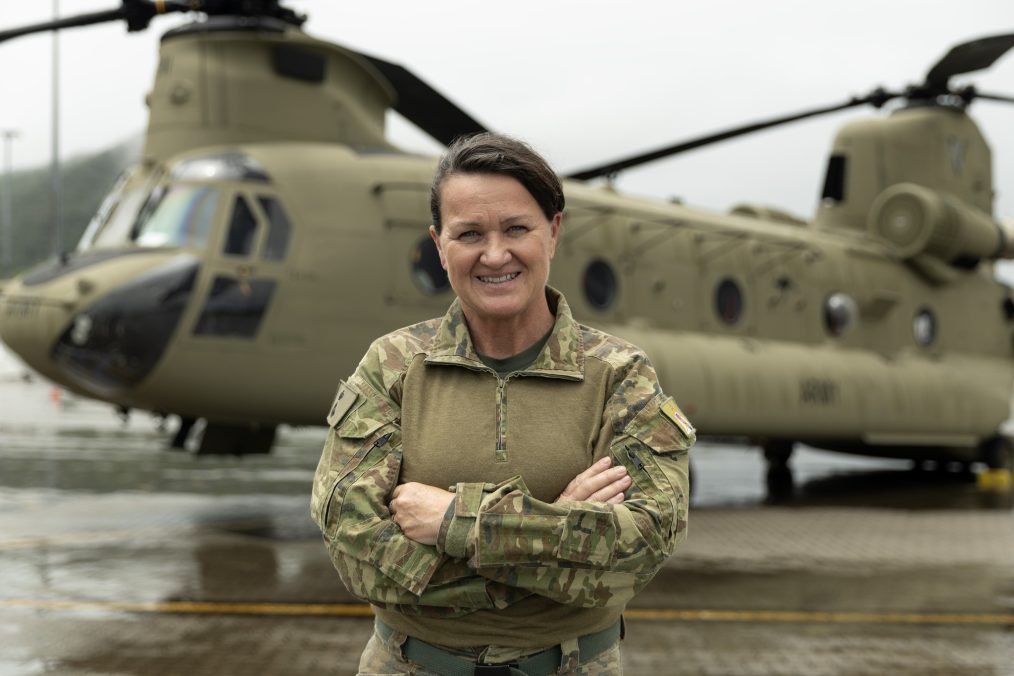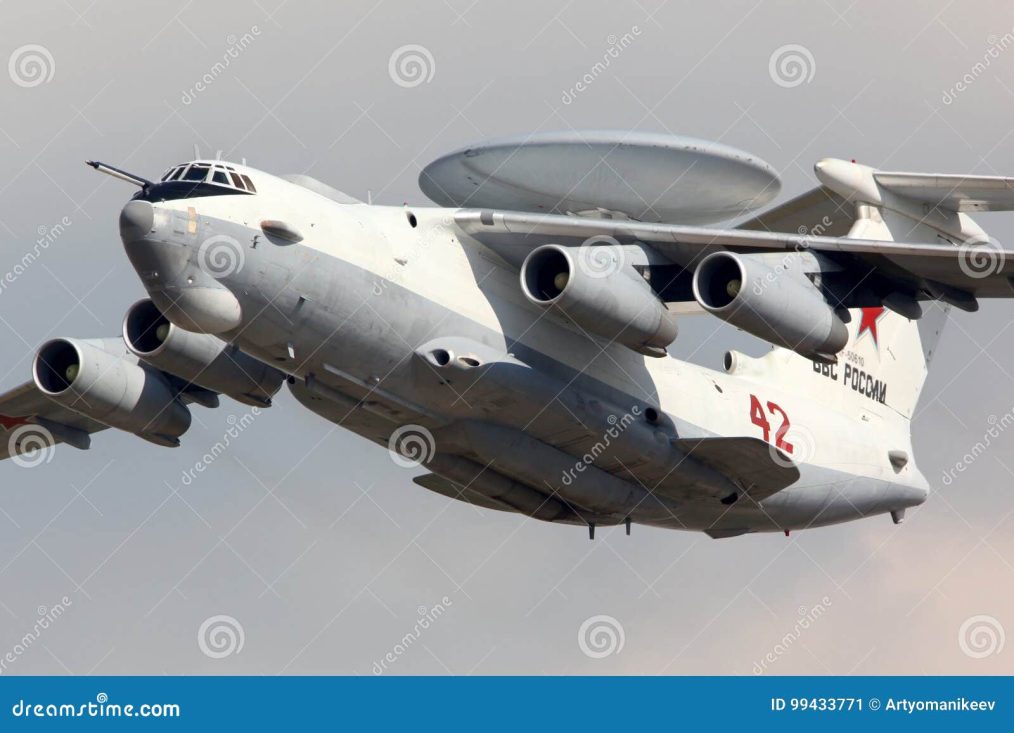WE ARE THE CHILDREN OF THE FABULOUS 40’s and 50’S … NO ONE WILL EVER HAVE THAT OPPORTUNITY AGAIN … WE WERE GIVEN ONE OF OUR MOST PRECIOUS GIFTS: LIVING IN THE SERENE AND COMFORTABLE TIMES CREATED FOR US BY THE “GREATEST GENERATION”!
I remember all of these and use many of them still. Can you imagine? Mergatroyd! Do you remember that word? Would you believe the spell-checker did not recognize the word Mergatroyd? Heavens to Mergatroyd!
The other day a lady said something to her son about driving a Jalopy; and he looked at her quizzically and said, “What the heck is a Jalopy?” He had never heard of the word jalopy! She knew she was old … but not that old.
Well, I hope you are Hunky Dory, Right as rain and as Happy as Larry after you read this and chuckle.
About a month ago, I illuminated some old expressions that have become obsolete because of the inexorable march of technology. These phrases included: Don’t touch that dial, carbon copy, you sound like a broken record, and hung out to dry.
Back in the olden days we put on our best bib and tucker or bag of fruit and dressed to the nines. Heavens to Betsy! Gee whillikers! Jumping Jehoshaphat, Strike me pink, Holy Moley!
We were in like Flynn and living the life of Riley; and even a regular guy couldn’t accuse us of being a boofhead, knucklehead, dickhead, a nincompoop or a dill. Not for all the tea in China, or rice for that matter!
We wake up from a short nap, and before we can say, “Well, I’ll be a monkey’s uncle!” or “This is a fine kettle of fish!”
Poof, go the words of our youth, the words we’ve left behind. Where have all those great phrases gone?
Long gone: Pshaw, The milkman did it. Don’t forget to pull the chain. Knee high to a grasshopper. Fiddlesticks! I’ll see you in the funny farm. Wake up and smell the roses.
Leaves us to wonder where Superman will find a phone booth…
See ya later, alligator! Oki Doki.










